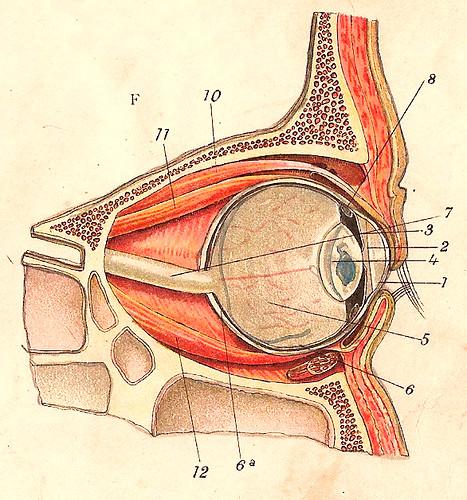Once again, another child has gone missing and another mother tells an evolving story. On Tuesday, October 4th, 2011, at approximately four a.m., the alarm was sounded when ten month old Lisa Irwin was reported missing by her parents, Deborah Bradley and Jeremy Irwin. The mother, Deborah Bradley, initially reported that she last saw her baby girl when she put her to bed at ten thirty p.m. Now, weeks into the investigation, it comes to light that she last saw her at six forty p.m.
She has steadfastly refused to speak with local media, when clearly, they would be the most effective outlet to keep Baby Lisa’s story alive in their neighborhood and the surrounding locales. Yet, when she does give an interview to a national media outlet, we hear more disturbing and unbelievable claims.
Deborah Bradley insists she hasn’t spoken to her two boys, ages five and eight, about the night that Lisa disappeared. Another puzzling statement she has made is that she didn’t go looking for her baby, even in her own backyard because she “was afraid of what she might find.” On top of all that, neither Bradley nor Irwin are cooperating with the police and have denied police access to the two little boys who were admittedly present that night, until this week.
All of these behaviors are inconsistent with a mother who desperately wants to find her child. If my child went missing, the police would not have to be hunting me down, begging for an interview. I would be in their face, on their phones and setting up shop in their precinct. I would be tearing around my entire neighborhood, including my own back yard, looking high and low, shouting her name.
I would not lie to the police about the crucial time in question, altering my story by four hours. Surely, Bradley must know that in child abduction cases, every second counts. A perpetrator could be hundreds of miles away, seriously changing the scope and course of the investigation. I don’t think I’m alone in this. I believe this is the way most parents would behave who were not involved.
But does this odd behavior mean she is guilty of anything? It certainly raises eyebrows. Is it consciousness of guilt or just quirkiness. Are there too many coincidences and oddities here? The very first night that Irwin works the overnight shift, Lisa goes missing. The same night, incidentally, that Bradley is passed out drunk. Admittedly someone else could have known that Irwin was to begin the night shift, but who could have possibly known that Bradley would drink herself into oblivion?
They have hired attorneys and a private investigator to handle things. Well, that is hardly going swimmingly. They seem to making a bigger mess. The attorneys made a big deal of announcing they were going to be giving daily press releases and they would open the house, the crime scene, so the press could walk through. Well, neither of those things occurred, raising even more questions.
Much ado has been made about the fact that a “cadaver dog” hit in the bedroom of Bradley and Irwin. Unfortunately, that does not mean there was a decomposing body there. It could be blood from an old wound, sloughed off dead skin, or any number of other things. The forensic testing done on those samples will hopefully give us more definitive answers and point us in the right direction.
Although things don’t seem to look good for Bradley, there are other possible scenarios here. Maybe she is just an emotionally immature young woman who does not know how to handle all that has been thrust upon her.
Police have also reported that several credible witnesses have come forward to state that they saw a man walking with a baby around midnight, the same night that Lisa Irwin disappeared. They have obtained some grainy video surveillance that seems to corroborate that, indeed, there was a man out at that time in the reported area, but it is too poor quality to tell if he is indeed holding a baby. Then there was the finding of a backpack with purportedly soiled diapers in them found near an abandoned house not far from the Bradley/Irwin residence.
Sadly, until Lisa Irwin is found, dead or alive, we will not have any more answers than we have now. There is always the hope that she was taken by someone who desperately wanted a baby to love and raise. At least that way, there is hope that she may be returned to her family some day.
Tweet

















































